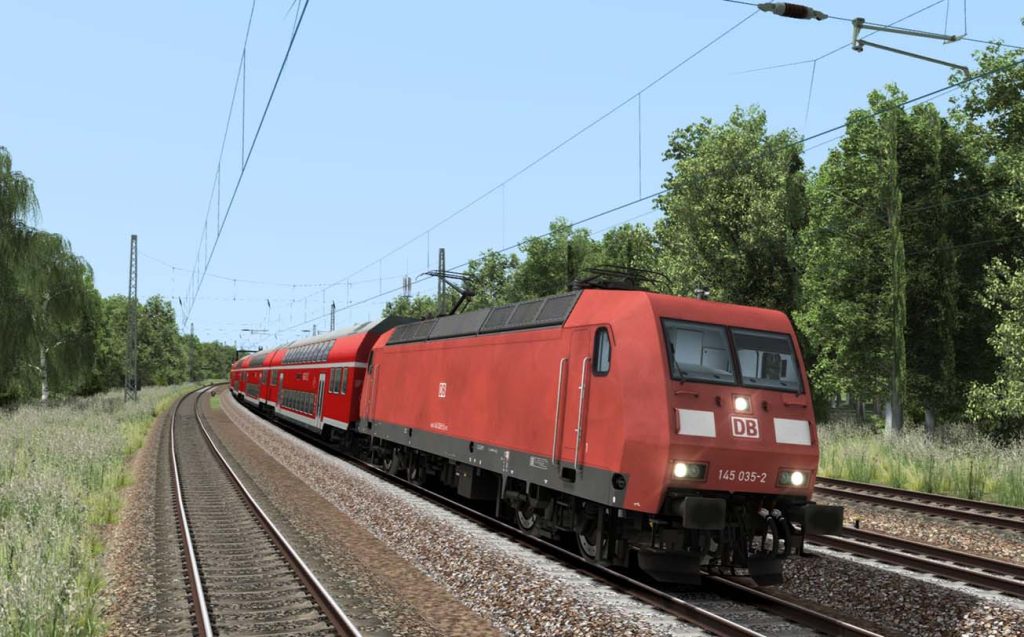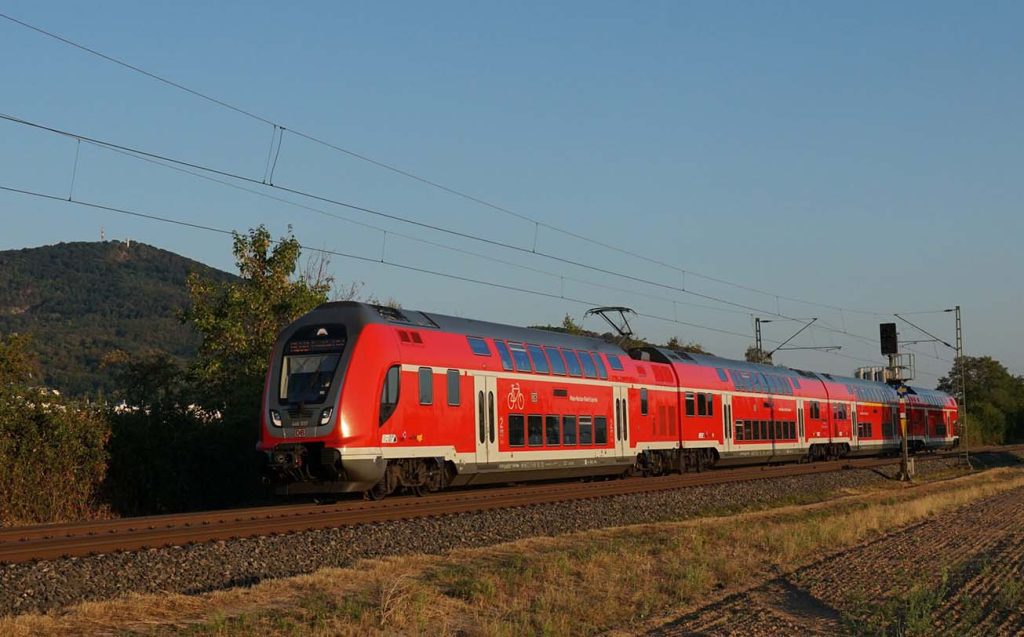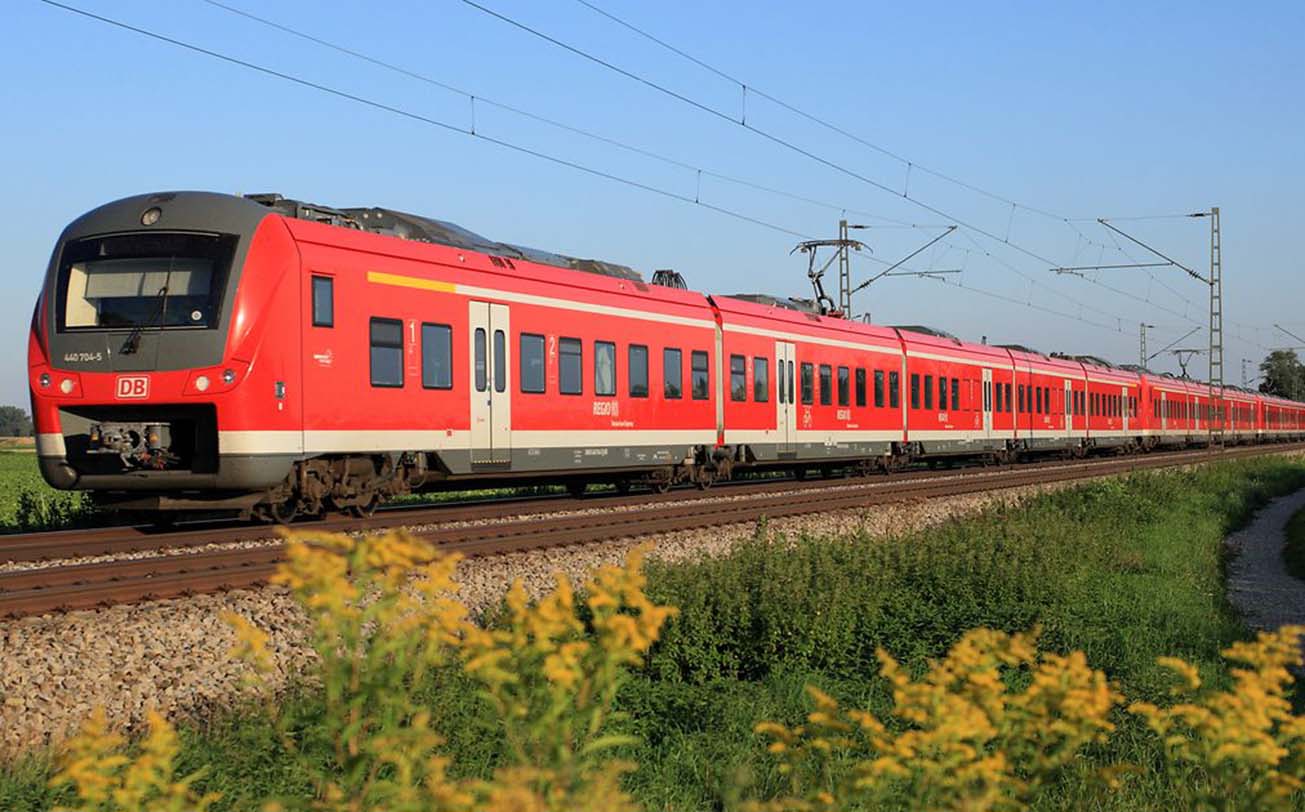Bremen, a charming city in northern Germany, has been on my travel list for quite some time. When the opportunity finally arrived to visit this picturesque Hanseatic city, the question of how to get there from Hamburg was the first one that crossed my mind. As someone who loves exploring different modes of transport, I wanted to compare the options: train, bus, and driving by car. Each mode has its advantages and drawbacks, but after experiencing all three, I was able to decide which one suited my time constraints the best.
In this post, I’ll dive deep into my experience traveling from Hamburg to Bremen by train, with a brief look at other options along the way. If you’re planning a similar trip, my insights might help you choose the best transport method for your needs.
1. Hamburg to Bremen: The Journey Begins
The first thing I needed to figure out was the best way to get from Hamburg to Bremen. The two cities are relatively close to each other—about 120 kilometers (75 miles) apart—and there are several options to travel between them. Given the frequent travel between these two cities, the choices are plentiful, but the real challenge was deciding which mode of transport would save me the most time and be the most convenient.
The three main ways to travel from Hamburg to Bremen are:
- By Train
- By Bus
- By Car
Before I get into the specifics of each, let me say that my preferred choice for this trip was the train, and I’ll explain why later.
2. Taking the Train: My Experience
I opted for the train because of its convenience and speed. I had heard from fellow travelers that the train was a solid choice, and I was eager to put it to the test. Here’s how my experience went.
Booking the Train
The first step was booking my train ticket. I used the official Deutsche Bahn website (www.bahn.com) to check schedules and purchase tickets. The website is straightforward, offering a range of options from standard tickets to saver fares. For the Hamburg to Bremen route, there are multiple departures every day, with direct connections available in less than 1.5 hours. I decided to go with a standard ticket, which offered flexibility for a few euros more.
An alternative platform for booking train tickets is Trainline (www.thetrainline.com), which also provides a user-friendly interface for international travelers, offering options in several languages and currencies. They often have competitive prices for European train journeys, and you can also compare different travel times and prices.
The Ride: Comfortable and Fast

Once I had my ticket, I headed to Hamburg’s Hauptbahnhof (Main Station), which is well connected to various parts of the city by public transport. The station was bustling, but I had no trouble finding my train. The Deutsche Bahn trains are known for their punctuality, and my train to Bremen was no exception.
As I settled into my seat, I noticed how clean and spacious the carriage was. The trains are equipped with free Wi-Fi, power outlets, and tables for working, which made the 1.5-hour journey fly by. The train took me through beautiful German countryside, offering scenic views of the fields, forests, and charming villages along the way. For someone like me, who enjoys watching landscapes unfold from the window, the train ride was an enjoyable part of the trip.
In terms of timing, the train is definitely one of the fastest ways to get between Hamburg and Bremen. It took just over an hour and 10 minutes to reach Bremen’s Hauptbahnhof (Main Station). Given that there was no need for long waits or complicated transfers, the train ride felt almost effortless.
3. Alternatives to Train: Bus and Car
Though my focus here is on the train, it’s important to consider the alternatives as well. Both the bus and driving a car offer unique advantages, but they also come with their own set of challenges.
Taking the Bus
Buses are another common mode of transport for this route. I didn’t take the bus on this occasion, but I did check out a few options before my trip. The main advantage of taking the bus is cost. Bus tickets are typically cheaper than train tickets, but the trade-off is that the journey takes longer.
The most popular bus company operating between Hamburg and Bremen is FlixBus (www.flixbus.com), which offers daily services. The ride takes about 2 to 2.5 hours, depending on traffic conditions. The buses are comfortable, with spacious seats, air conditioning, and Wi-Fi. However, given that I was looking for the fastest option, I didn’t opt for the bus. But for those on a tighter budget, the bus can be a great alternative.
When booking tickets, FlixBus also provides the option to purchase tickets in advance through their mobile app or website. It’s always advisable to book early for the best prices, especially if you plan to travel during peak hours or holidays.
Driving by Car: Flexibility and Freedom
Another alternative is to drive. While I didn’t choose this option on this occasion, I’ve driven between Hamburg and Bremen before, so I can speak from experience. The drive is relatively straightforward, taking you along the A1 Autobahn for most of the journey. It’s about 120 kilometers, and the drive takes around 1.5 hours, depending on traffic.
Driving offers a level of flexibility that trains and buses don’t. You can stop whenever you want, take detours to explore smaller towns, or even grab a coffee along the way. However, traffic can be unpredictable, especially during rush hour or holiday weekends. On the day I drove, I encountered some traffic jams, which slowed me down a bit, but overall, it was still a pleasant journey.
To rent a car, I recommend using platforms like Sixt (www.sixt.com), Europcar (www.europcar.com), or Hertz (www.hertz.com). They all have offices at Hamburg’s airport and main train station, making it convenient to pick up a vehicle if you prefer to drive.
4. Comparing Travel Times: Which One Saves the Most Time?
Now, let’s look at the time aspect. If you’re in a rush or simply don’t want to spend much time on the road, the train is by far the quickest option.
- Train: Around 1 hour 10 minutes.
- Bus: 2 to 2.5 hours.
- Car: 1.5 hours, but can be longer with traffic.
The train is clearly the fastest option, especially considering there’s no need to worry about traffic or parking. If you’re looking for a quick and efficient journey, the train wins hands down.
5. Comfort and Convenience

In terms of comfort, the train offers a good balance between space, amenities, and speed. While buses offer a decent level of comfort, they are typically not as spacious as trains, and the ride can be a bit bumpier. On the other hand, driving a car gives you the ultimate flexibility, but you have to deal with the stress of navigating, finding parking, and possibly sitting in traffic.
The train offers a perfect middle ground. There are plenty of seats, you can move around, and you don’t need to worry about directions or parking. Plus, there’s the added bonus of the scenic views.
6. Booking Platforms and Other Considerations
When planning your journey, it’s worth mentioning the different platforms you can use to book your transport.
- Deutsche Bahn (www.bahn.com): For train tickets, Deutsche Bahn is the official provider for German trains. The website offers real-time schedules, seat reservations, and ticket purchasing.
- Trainline (www.thetrainline.com): A great international booking platform that covers trains across Europe. It’s user-friendly and often provides competitive prices for German trains.
- FlixBus (www.flixbus.com): For bus travel, FlixBus is the leading provider in Germany. They offer affordable tickets, free Wi-Fi, and a comfortable journey.
- Car Rentals (Sixt, Europcar, Hertz): If you prefer to drive, platforms like Sixt, Europcar, and Hertz allow you to book a rental car. Booking in advance can save you money, and pick-up locations are conveniently situated near transport hubs.
7. Final Thoughts on Traveling Between Hamburg and Bremen
I’ve had the chance to try all three methods of transportation between Hamburg and Bremen, and while each option has its perks, the train is by far my favorite. It’s fast, comfortable, and convenient—perfect for anyone looking to save time while traveling. Whether you’re on a short visit or planning a longer stay, the train is an excellent choice for getting between these two beautiful cities.



